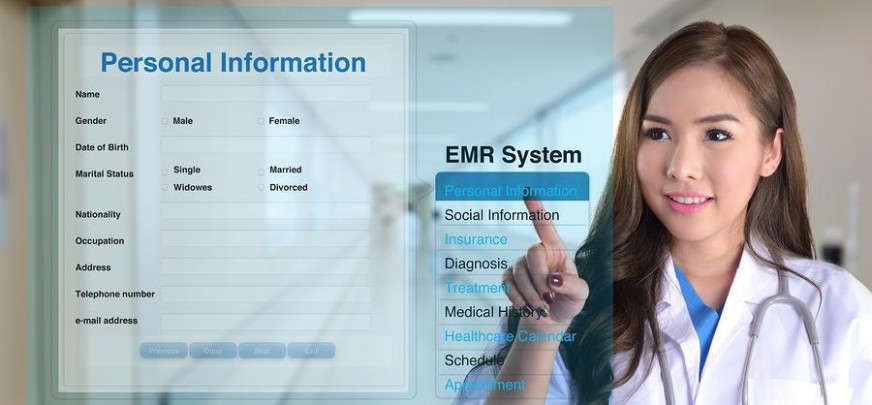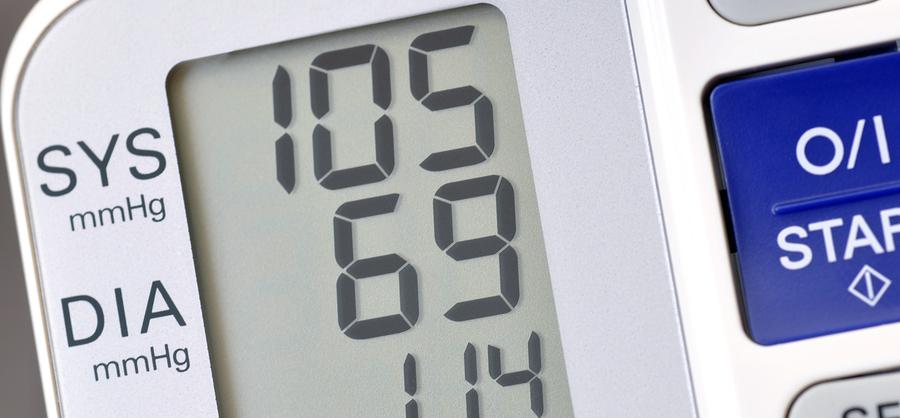As new medical technology continues to emerge, physicians have many options to consider implementing into their practice. While it isn't always easy to decide what is worth investing in, the important thing to keep in mind is that technology should enhance -- not hinder -- the patient experience.
With the rise of health information technology, a new standard, called meaningful use, has been put into place for electronic health records (EHRs). This may directly affect how you implement your EHR tech; HealthIT.gov explains that "meaningful use sets specific objectives that eligible professionals and hospitals must achieve to qualify for Centers for Medicare & Medicaid Services (CMS) incentive programs."
One of the main components of meaningful use is that certified EHR technology is used to improve the quality of health care. You shouldn't need a directive to want to achieve this objective: Your practice wants to use EHR to engage patients and families, and to improve care coordination. Let's take a look at some recent technological advancements that you may be able to incorporate smoothly into your practice for your patients' benefit.
Hands-Free Tech
Hands-free and headset-free technologies such as Google Glass allow physicians to record a patient visit or enter information into their EHR in real time. Because there is no typing or writing involved, the physician is able to maintain eye contact with the patient and pick up on important nonverbal cues.
One program that uses the Google Glass technology is Augmedix, a San Francisco-based startup that lets doctors push information to a patient's EHR and query information from records. Physicians at Dignity Health's Ventura Medical Clinic have reported an increase in direct patient care, from 35 percent to 70 percent.
An Easier Check-In Process
Self-check-in kiosks are another bit of technology that can help improve the patient experience. These kiosks streamline the registration process by allowing patients to check themselves in, telling them if there is a co-pay for their visit and accepting credit card payments. One San Diego-based medical group reported that the average length of time it takes for a patient to check in electronically was about 100 seconds -- less than two minutes -- versus an average manual check-in of about three minutes. Because wait time is a common complaint, making the check-in process faster can help increase patient satisfaction. After implementing self-check-in kiosks, the group reported a 96 percent patient-satisfaction rating.
Long-Distance Care
The patient experience does not end when the patient leaves their doctor's office. This is where telehealth and mobile health -- commonly called mHealth -- come in. Telehealth is the use of electronic information and telecommunications technologies to support long-distance clinical health care. These technologies include using the Internet, streaming media, and video conferencing to engage with patients. VOX Telehealth, based in Princeton, New Jersey, engages patients before and after hip- and knee-replacement procedures. According to a recent study, the program helped patients feel better about their experience and their health care providers, reduced the length of their hospital stay, and improved their post-discharge results.
mHealth refers to the use of mobile devices in medical care. This can include sending an appointment reminder or offering treatment support via text message, which helps boost patient adherence. This is backed up by a U.K. study, which invited 891 women between the ages of 47 and 53 to their first breast cancer screening. Four hundred and fifty-six women were sent a text message 48 hours before their appointment, and 435 did not receive a text. Of the women who received a text message, 72 percent attended their appointment, while only 60 percent of the women who didn't receive a text attended their appointment. Clearly, in this mobile-focused world, engagement via that medium can help improve patient-practice relationships.
By making use of new medical technology, physicians have a means of improving the patient experience by increasing direct care, reminding patients of upcoming appointments, and engaging with patients in the comfort of their homes. Yes, you want new tech to make administrative tasks easier for your practice, but the end goal is bettering the entire process in the eyes of your patient base.




